This article was originally published on UX Matters.
One of the aspects that I enjoy most about the field of user experience is the injection of talents and perspectives from a long, eclectic list of other fields—library sciences, cognitive psychology, ergonomics, anthropology, industrial design, architecture, computer science, and game design. Many of these fields have been fundamental in defining the roles and processes that we use in modern UX design.
However, this is a somewhat self-important way of thinking about user experience. While UX design is a popular and growing field, it’s certainly not the only career pinnacle for people working in digital design. Many people are transitioning or graduating to roles other than those in user experience, but there’s not enough discussion of the alternative career paths that people can pursue after they’ve had a robust UX career.
There is a second reason why this is an interesting discussion to have. Many UX professionals work in composite roles that might, for example, cover client liaison and elements of project management, as well as actual UX design or research tasks. Regardless of whether a true UX unicorn actually exists, senior UX designers with solid experience on a range of projects may want to advance their careers by stepping into specialised roles or working on more complex projects that require a particular focus.
In the remainder of this article, I’ll describe just six of the roles relating to the UX skillset that senior UX professionals might pursue by leveraging what they’ve already learned on the job.
Project Management
Great project managers are worth their weight in Bitcoins. They balance the triple constraints of time, scope, and costs—and arguably quality, too—and smooth the way for successful delivery, even under overwhelming conditions. They have deep planning and judgment skills.
When we define a project plan, manage stakeholders, ensure communication between the project team, control conflicts and delivery, and articulate—and aim to achieve—the overall objectives for a project, we’re covering some fundamental project-management tasks.
Project managers come in many shapes and sizes and work across many fields, but the project-manager role overlaps with UX design particularly when we’re overseeing the software development life cycle (SDLC). UX designers’ skills in reflecting user and business needs to a design team are similar to the skills project managers need to ensure that a team takes the needs of a client into consideration.
Product Management
If you’ve ever worked in a product-development organisation, you’ve undoubtedly worked with a product manager. In a service organisation, the role of a product manager may be called a program manager. Because of my inclusive nature, I like to think of them as cousins of user experience—we go to the same parties and speak the same lingo.
As with business analysts and customer experience designers, there is a lot of crossover between the values and job functions of product managers and UX designers.
In user-centered design roles, we often work with customers to understand the problems that a product is intended to solve, just as product managers do. But when we switch gears and also start paying attention to the market competition and business models, we’re well and truly in the realm of product management—at the intersection of business, design, and technology.
Some product managers rely strongly on market demographics rather than relying on user research, as UX professionals would. But just as for UX professionals, their role changes over the course of a project, initially eliciting requirements; then representing the needs of users and evaluating and determining feature sets; and later, focusing on acceptance testing to ensure that the product that gets delivered meets users’ needs.
Graphic Facilitation
At UX Mastery, my business partner and I encourage the development of foundational design skills for people who are getting started in user experience. Sketching is right at the core of the UX skillset for several reasons—it helps us to synthesise and make sense of data in a collaborative way and it hones our capacity for visual thinking, making us better, more creative UX designers.
After examining many master UX professionals at work, UX researcher Jared Spool placed sketching at #1 on his list of indispensable UX skills.![]() Have you heard the saying that talking about design is like performing interpretative dance about architecture? Words, while critical, often don’t do our design ideas justice.
Have you heard the saying that talking about design is like performing interpretative dance about architecture? Words, while critical, often don’t do our design ideas justice.
Facilitating, also in Spool’s list of indispensable skills, is an essential part of doing great, collaborative design. We lead our product teams through critical activities—whether interviewing stakeholders and users, analysing findings from user research, applying problem-solving skills to design issues, or establishing a shared vision for a product.
Bringing sketching and facilitating together in the role of a graphic facilitator makes for a powerful combination. If you’ve ever run a successful participatory design session, you’ll immediately recognise the value of making meetings more interesting, keeping teams more engaged, and as a consequence, making everyone’s job more interesting.
Graphic facilitators do more than just capture a conversation graphically—their large-scale imagery informs and shapes the conversation. They perform a visual dance to lead groups and individuals toward a common goal.
Training
Like graphic facilitators, trainers help develop a team’s awareness and clarity of purpose. They differ in taking a more active role in helping people to acquire the knowledge and skills that they need to achieve results.
As product champions who possess deep knowledge of how and why a product works, UX professionals often help to communicate this essential understanding to their team—and even to stakeholders. UX professionals build a broad range of skills through experience working with people across a business—whether designers, developers, or business teams—and across projects—from UX research and requirements definition, to design and prototyping, and through process management to ultimate success in the marketplace. This allows UX professionals to develop an explicit understanding of both task details and the larger context.
Therefore, it’s not surprising that UX professionals often branch into training roles that help design teams to improve their processes, or that help educate business owners about how to embrace user-centered design approaches. This is often an external role, but some trainers work in house.
Consulting in Strategy
UX professionals who move into management rather than focusing directly on UX design and research competencies and vocational skills are likely to become more involved in product strategy and directing projects to achieve business outcomes.
UX professionals have missed many opportunities to contribute strategic thinking to their organizations because we’re often either over-busy in the trenches or trying to climb out of them by giving ourselves a new job title. For example, consider the journey mapping that we do to elicit business goals and devise intelligent responses to them or to identify opportunities or threats to the business. When we’re dealing with the high-level orchestration of experiences, considering strategy is vital.
Don’t all products need to have a strategy to meet business goals? Isn’t UX strategy part of that? In his blog post “There Is No Such Things as UX Strategy,”![]() Jeff Gothelf says, “Isn’t user experience a part of the broader recipe for success and a continuous part of the product strategy conversation?” Arne’t we all strategists?
Jeff Gothelf says, “Isn’t user experience a part of the broader recipe for success and a continuous part of the product strategy conversation?” Arne’t we all strategists?
If so—and if we can persuade businesses to believe this—experienced UX professionals can authentically seek to become consultants in business strategy.
Business Owner
Once UX professionals have dabbled in strategy, it’s but a short hop to running your own business. If you have the desire and the aptitude, it’s probably just a matter of time before an idea sparks, and you’ll register a business name and set yourself up to take advantage of a business opportunity.
A focus on product or service strategy, a familiarity with business and user needs; and the ability to communicate, lead, and inspire a team are all traits of someone who is well prepared to become a successful business owner. All it takes is having self-confidence and the initiative to succeed.
Onward, Upward, Sideways?
So, when considering your career trajectory, have you thought about shuffling sideways, advancing upward, or moving into non-design-specific roles that would leverage, challenge, or extend your existing UX skillset?
What have been your experiences moving onwards and upwards from UX?

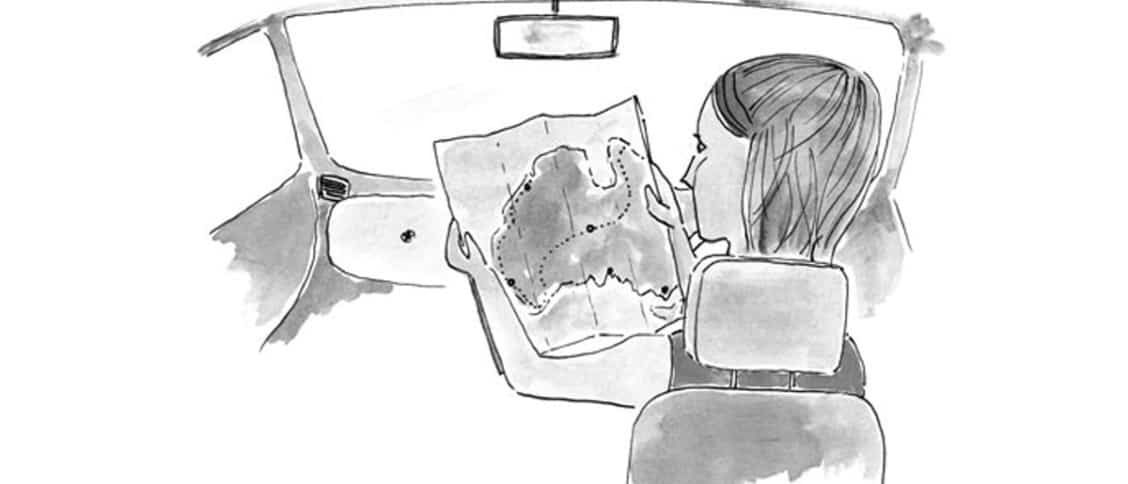
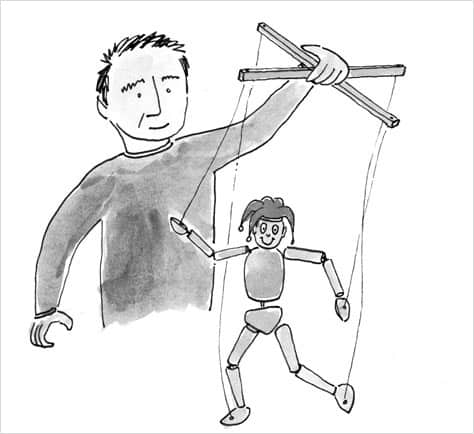
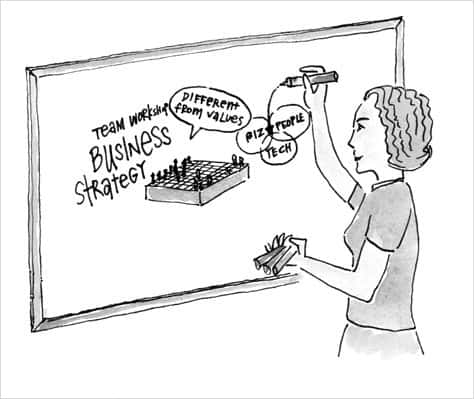
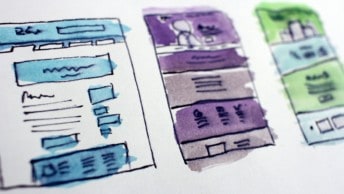
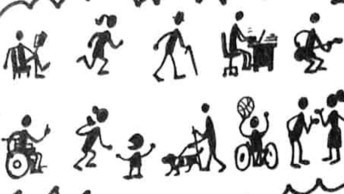




Thanks.It will guide me and help with my career.